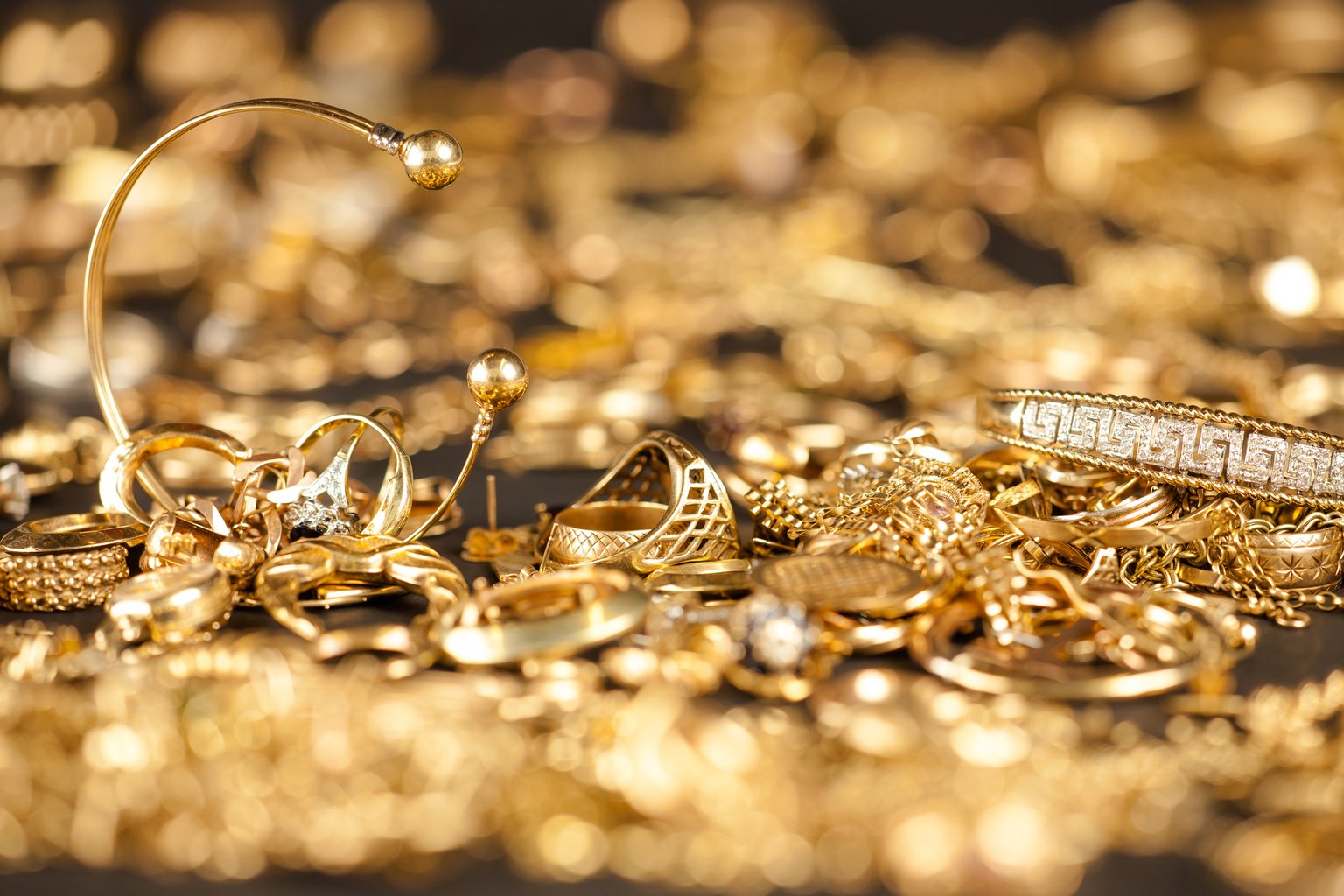Gold has been a valuable asset for ages, and its influence on the ornamentation market is substantial. The appetite for gold jewelry often mirrors the cost of the metal. As more people acquire gold for multiple reasons, including financial security and decoration, changes in gold valuation trends can impact how pieces is priced. Jewelry businesses must adapt their strategies based on these variations to remain competitive. Understanding these dynamics helps buyers make educated decisions when purchasing gold jewelry.
One key factor in the evolving valuation patterns of ornamentation is the role of precious metal purchasers. These entities and firms purchase gold from vendors, which can include both individual sellers and commercial entities. When there is strong interest from metal buyers, it can lead to an increase in the cost of gold. This increase affects jewelers, who may have to adjust their rates to cover the elevated expenses of sourcing gold. Therefore, the actions of purchasing agents directly impact how much buyers spend for their jewelry.

In addition to demand from buyers, the global market also affects gold values. Factors such as economic stability, currency values, and global trade deals can trigger variations in the cost of gold. For example, during times of economic uncertainty, more people may choose to buy gold as a safe investment. This surge in demand can result in rising costs for unrefined gold, which in turn raises prices for crafted pieces. Retailers must monitor carefully these international patterns to strategically set their pricing.
Additionally, consumer preferences play a key role in shaping jewelry pricing website link trends. As styles change and new designs emerge, buyers may seek different types of gold pieces, such as chains, bangles, or rings. When specific looks become trendy, it can create higher demand for those items and increase costs. Jewelers need to balance their offerings with current trends while also considering the cost of resources. Adapting to market tastes allows vendors to remain relevant and sustainable in a dynamic market.
Ultimately, understanding the influence of gold buyers on jewelry pricing trends helps both retailers and buyers navigate this complex market. By identifying elements such as purchasing trends, international factors, and shifting customer tastes, all stakeholders can make more informed this choices. Whether someone is planning to invest in gold or simply purchase a piece of jewelry for personal use, being aware about how these variables connect will lead to better outcomes in the gold jewelry market.